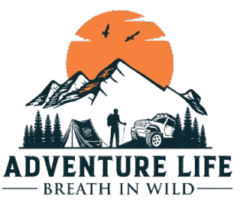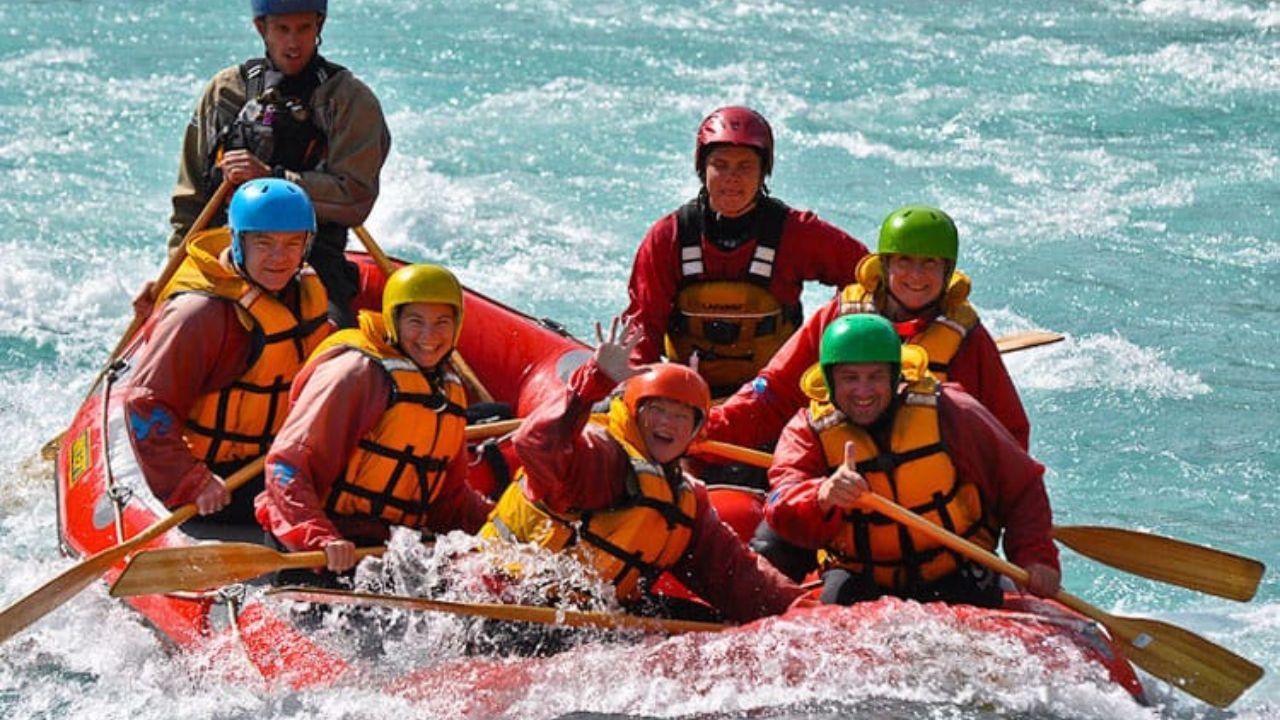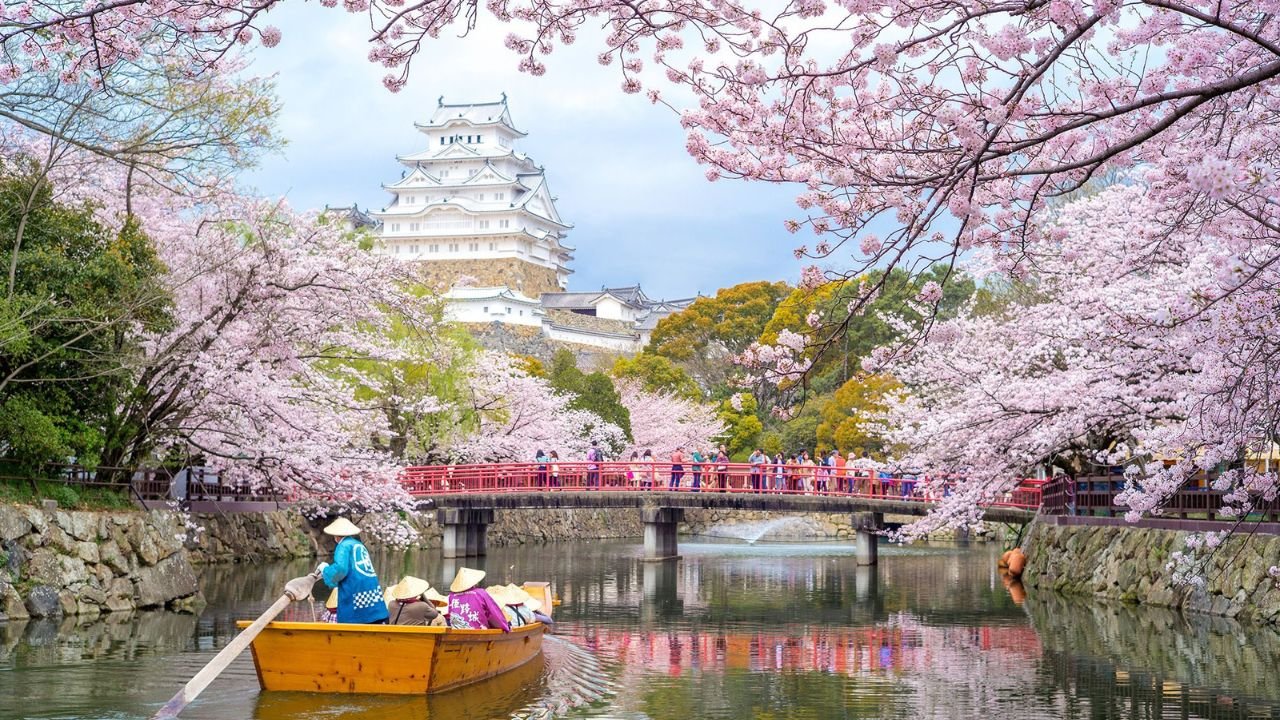Introduction
Whitewater rafting is one of the most exhilarating adventure sports, combining adrenaline, teamwork, and a profound connection with nature. Among the various levels of rapids, Class 5 is considered the pinnacle of technical challenge and intensity, often regarded as the ultimate test for experienced rafters. New Zealand, renowned for its stunning landscapes and diverse river systems, is a global hotspot for high-grade whitewater rafting, especially for Class 5 rapids.
This comprehensive guide explores the world of Class 5 whitewater rafting in New Zealand. It delves into the sport’s history and evolution in the region, describes the most famous and challenging rapids, discusses safety and equipment, examines environmental considerations, and highlights the cultural and economic importance of rafting in New Zealand.
The Origins and History of Whitewater Rafting in New Zealand
Early Beginnings of Adventure Sports in New Zealand
New Zealand’s rugged terrain and pristine rivers have long attracted adventure enthusiasts. The development of whitewater rafting in the country dates back to the 1970s, paralleling the global growth of adventure tourism. Pioneering guides and explorers recognized the potential of the country’s unspoiled rivers, which offer some of the most challenging and scenic rapids in the world.
Evolution of the Sport
Initially, whitewater activities were primarily about exploration and recreation, often limited to local guides and small groups of thrill-seekers. As safety standards improved and the sport gained popularity, commercial rafting companies emerged, offering organized trips that catered to both novices and experts.
The Significance of Class 5 Rapids
Class 5 rapids are characterized by long, difficult, and intense rapids with highly turbulent waters, large waves, and potential hazards such as rocks, drops, and hydraulics. These rapids demand advanced paddling skills, precise navigation, and a strong team dynamic. New Zealand’s rivers, with their varied grades, provide the perfect testing ground for these extreme conditions.
Key Rivers Known for Class 5 Rapids
- Shotover River (near Queenstown): Known for its steep drops and exciting rapids, including some Class 5 sections.
- Clyde River (Central Otago): Features challenging sections with technical drops.
- Makarora River (West Coast): Offers remote, wild river experiences with Class 5 rapids.
- Hawdon River (South Island): Known for its pristine wilderness and technical difficulty.
Geography and Hydrology of New Zealand’s Class 5 Rapids
Topography and Climate
New Zealand’s South Island, in particular, boasts rugged mountain ranges, glacial-fed rivers, and dramatic valleys. The combination of steep gradients, high rainfall, and glacial meltwater creates ideal conditions for powerful, fast-moving rivers with class 5 rapids.
River Formation and Flow Characteristics
- Glacial Origins: Many rivers originate from glaciers, which carve deep valleys and create turbulent, cold waters.
- Steep Gradients: The steep slopes of the Southern Alps contribute to rapid water flow and dramatic drops.
- Seasonality: Flow rates vary seasonally, with peak flows during spring and early summer due to snowmelt.
Hydrological Features of Class 5 Rapids
- Hydraulic Features: Large waves, powerful eddies, and hydraulics make navigation complex.
- Drops and Pitches: Long, steep drops, sometimes over 10 meters, challenge even experienced paddlers.
- Flow Variability: Rapid changes in flow can occur due to weather or snowmelt, making conditions unpredictable.
Notable Class 5 Rapids and Rivers in New Zealand
1. Shotover River (Queenstown)
Overview
The Shotover River is famous for its dramatic canyon scenery and intense rapids, including several Class 5 sections. It is one of the most popular and iconic whitewater destinations in the country.
Notable Rapids
- Canyon Swing Rapid: A challenging rapid with large waves and significant turbulence.
- Gibbston Rapid: Known for its technical difficulty and powerful hydraulics.
- The Devil’s Elbow: A long, steep drop requiring precise navigation.
Experience
Rafting here combines adrenaline with breathtaking scenery, including limestone cliffs and the historic gold-mining landscape. The river’s flow is strong year-round, but the most challenging sections are best navigated during peak flows.
2. Clyde River (Otago)
Overview
The Clyde River offers remote and rugged whitewater experiences, with sections rated Class 5, especially during high flows. It is less commercialized, providing a wilderness experience.
Notable Features
- The Big Drop: A steep, technical drop with a hydraulic known as “The Whirlpool.”
- The Gorge: Narrow, constricted sections with powerful waves and eddies.
3. Makarora River (West Coast)
Overview
The Makarora River is renowned for its pristine wilderness and challenging rapids. It offers a true wilderness adventure, with remote settings and clear waters.
Notable Rapids
- The Devil’s Backbone: A long, technical rapid with large waves.
- The Makarora Drop: A steep, continuous series of drops rated Class 5.
4. Hawdon River (South Island)
Overview
Flowing through the Nelson Lakes National Park, the Hawdon River presents some of the most remote and challenging Class 5 rapids, often requiring multi-day expeditions.
5. Haast River (West Coast)
Known for its wild, untamed waters, the Haast River features several Class 5 sections, especially during high water flows.
Technical Aspects of Class 5 Rapids
Characteristics
- Powerful and Turbulent: High energy and unpredictable hydraulics.
- Long and Difficult: Often involve long stretches of technical maneuvering.
- Hazards: Large rocks, sieves, undercut rocks, and hydraulics pose serious risks.
- Flow Rates: Usually require high water levels for the full experience.
Navigation Techniques
- Precise Paddling: Requires synchronized team effort.
- Reading the River: Recognizing hazards and choosing the best line.
- Rescue Skills: Essential for dealing with capsizes or entrapments.
Challenges for Paddlers
- Maintaining control during rapid changes in flow.
- Avoiding hazards while staying in the main current.
- Making quick decisions in complex hydraulics.
Equipment and Safety
Essential Equipment
- Helmet: Protects against head injuries from rocks or flips.
- Personal Flotation Device (PFD): Designed for buoyancy and impact protection.
- Wetsuits and Drysuits: To handle cold water temperatures, especially in winter.
- Paddle: Lightweight, durable, with ergonomic grips.
- Throw Bags: For rescues.
- Safety Line and Carabiners: For securing and rescue operations.
Safety Protocols
- Guide-Led Trips: Always led by experienced guides trained in swiftwater rescue.
- Pre-Trip Briefings: Covering hazards, signals, and emergency procedures.
- Weather Monitoring: Critical for avoiding dangerous flow increases or flash floods.
- Rescue Training: Guides and participants trained in self-rescue and assisted rescue techniques.
- Group Dynamics: Effective communication and teamwork are vital.
Risks and Mitigation
- Capsizing and entrapment.
- Injury from rocks or hydraulics.
- Hypothermia due to cold water.
- Sudden flow changes due to weather.
Proper planning, experienced guides, and appropriate equipment significantly mitigate these risks.
Environmental Impact and Conservation
Ecological Significance
New Zealand’s rivers are pristine ecosystems supporting diverse flora and fauna. The sport of whitewater rafting depends on healthy river systems.
Environmental Concerns
- Erosion: Increased boat traffic can lead to riverbank erosion.
- Pollution: Littering or accidental fuel spills pose threats.
- Habitat Disruption: Overcrowding or poorly managed trips can disturb wildlife.
Conservation Efforts
- Sustainable Tourism Practices: Many operators promote Leave No Trace principles.
- Protected Areas: National parks and conservation zones restrict development.
- Community Engagement: Involving local communities in conservation initiatives.
Future Challenges
Balancing adventure tourism with ecological preservation remains vital. Climate change, leading to altered flow regimes and glacial melt, could impact river conditions.
Cultural and Economic Significance
Indigenous Perspectives
While whitewater rafting is a modern sport, Māori communities have long regarded rivers as sacred. Respecting their cultural heritage is integral to responsible tourism.
Economic Impact
- Tourism Revenue: Rafting contributes significantly to local economies, especially in Queenstown, Rotorua, and West Coast regions.
- Employment: Guides, safety personnel, and supporting services rely on the industry.
- Cultural Exchange: Rafting trips often incorporate Māori history and stories, enriching the experience.
Adventure Tourism Industry
New Zealand is globally recognized as a premier adventure tourism destination, with rafting being a key component. The industry promotes sustainable practices and continues to attract international visitors seeking adrenaline-filled experiences.
The Future of Class 5 Whitewater Rafting in New Zealand
Technological Advances
- Improved Gear: Lighter, more durable equipment enhances safety and performance.
- Data and Monitoring: Real-time flow data helps plan trips and avoid hazards.
- Virtual Reality: Emerging tools for training and preparation.
Expanding Opportunities
- Multi-day Expeditions: Offering remote wilderness experiences for advanced paddlers.
- Training Courses: For aspiring guides and enthusiasts.
- Environmental Initiatives: Emphasizing conservation and responsible tourism.
Challenges Ahead
- Climate change impacts.
- Managing increasing tourist numbers.
- Ensuring safety standards are maintained.
Conclusion
Whitewater rafting on Class 5 rapids in New Zealand offers an unmatched blend of thrill, challenge, and natural beauty. The country’s diverse river systems, characterized by steep gradients, powerful flows, and pristine wilderness, make it a premier destination for experienced paddlers seeking the ultimate adrenaline rush.
From the iconic Shotover River to the remote wilderness of the Hawdon and Makarora rivers, New Zealand’s Class 5 rapids demand skill, teamwork, and respect for nature. As the sport continues to grow, sustainable practices and safety innovations will ensure that this exhilarating activity remains a vital part of New Zealand’s adventure tourism landscape.
Whether you are an experienced rafter looking for your next challenge or an adventure enthusiast eager to explore the wildest waters, New Zealand’s Class 5 rapids promise an unforgettable experience. The combination of adrenaline, scenery, and cultural richness makes whitewater rafting in New Zealand a once-in-a-lifetime adventure.




